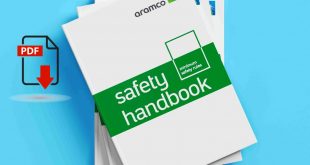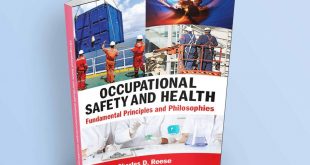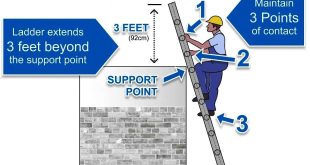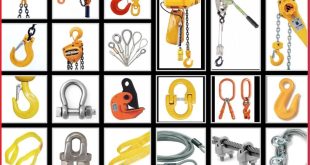🏗️ Saudi Aramco Scaffold Safety Handbook – Key Safety Guidelines
Issued by: Loss Prevention Department
Published by: Training and Career Development
Latest Revision: July 2020
Saudi Aramco’s Scaffold Safety Handbook outlines critical safety requirements for scaffolding operations across all company project sites—onshore and offshore. It sets a high standard for temporary elevated work areas, ensuring protection for workers and safe execution of tasks involving scaffolds, ladders, and elevated platforms.
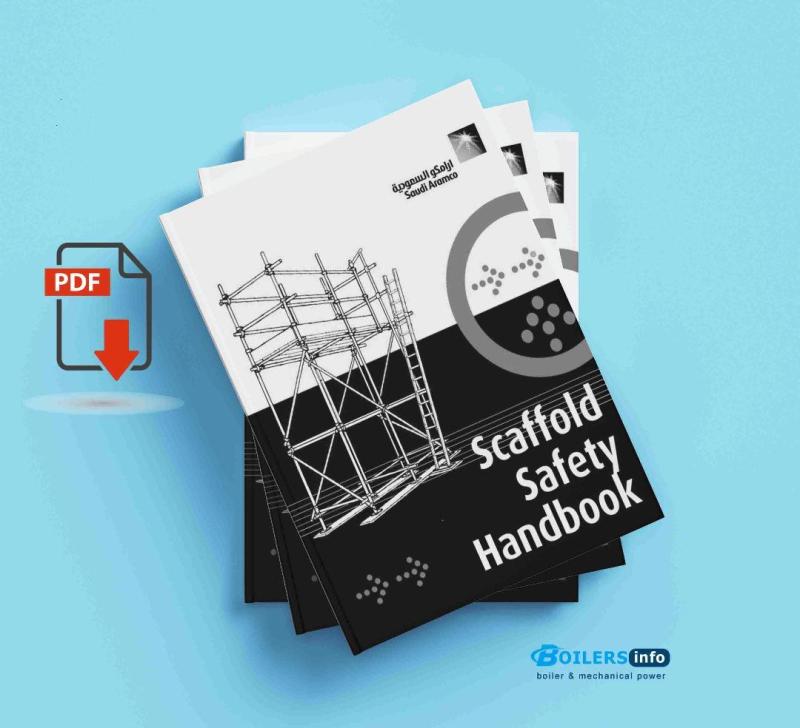
🔍 1. Purpose & Scope
- Establishes minimum safety and technical requirements.
- Applies to all operational, maintenance, and construction activities involving temporary elevated work areas at Saudi Aramco sites.
- Includes tube & coupler, system, mobile, underhung, bracket, and frame scaffolds.
- Excludes sky climbers, boatswain’s chairs, catenary and float scaffolds, pump jacks, and others (for these, refer to GS 217/1994 or OSHA 1926.450).
📐 2. Standards & References
Mandatory Standards Include:
- Saudi Aramco GI & SAES Standards
- GI 8.001: Scaffold safety requirements
- SAES-A-204: Structural calculations
- ANSI, OSHA, ASTM, BS, and EN Standards
- OSHA 1926.450–454 (scaffolding regulations)
- BS 1139, EN 39 for tube specs
- ASTM A53, A123 for scaffold materials
🪜 3. Scaffold Safety Requirements
🔹 Fall Protection (Section 9.5.1)
- Required when fall risk > 1.8m (6 feet).
- Prefer guardrails; otherwise, use Personal Fall Arrest Systems (PFAS).
- Scaffold craftsmen must wear full body harness with a shock-absorbing lanyard during erection, alteration, or dismantling.
🔹 Guardrail Systems (9.5.2)
- Installed on all sides where fall > 1.8m.
- Toprail: 0.95m–1.15m above platform.
- Midrail halfway between platform and toprail.
- Toeboards mandatory if platform >1.8m above lower level.
🔹 Personal Fall Arrest Systems (9.5.3)
- Full body harness, lanyard, anchorage, and lifelines rated for 5,000 lbs.
- Must not use body belts.
- Lifelines made of 3/8″ wire rope minimum.
🔹 Falling Object Protection (9.5.4)
- Use toeboards and screens to prevent falling tools/materials.
- Debris nets or canopies for added protection.
🛠️ 4. Ladder Safety (Section 9.6)
- Ladders must conform to ANSI A14 standards.
- Must not be used horizontally or for scaffold support.
- Ladders must be inspected before use, not painted, and free of defects.
- Extension ladders must extend at least 3 feet above the landing.
- Only one person per ladder; tools carried in belts or lifted with ropes.
🧱 5. Scaffold Types and Components (Sections 9.7–9.15)
- Types Covered:
- Tube and coupler
- System scaffolds
- Mobile & tower
- Bracket
- Underhung
- Components:
- Tubes: 48.3 mm OD steel (ASTM A500, A53)
- Couplers: Must meet BS/EN specs
- Planks: Solid sawn or LVL wood, no paint or coating
- Load ratings: Light (120 kg/m²), Medium (240 kg/m²), Special (>240 kg/m²)
⚠️ 6. Additional Safety Points
🚫 Prohibited:
- Using forklifts as scaffold platforms
- Working during high winds (>65 kph)
- Scaffolds near electrical hazards without precautions
✅ Required:
- Proper foundation using timber sills
- Inspection of all scaffold parts
- Adequate lighting (per SAES-P-123)
- Safe means of access (ladders, stairways)
📊 Conclusion & 📚⬇️
Saudi Aramco’s Scaffold Safety Handbook sets out detailed, enforceable, and clear safety protocols to reduce the risks associated with scaffold-related work. It aligns with international standards (OSHA, ANSI, BS, EN) while enforcing stricter internal practices, particularly for fall protection, structural integrity, and worker training.
 Boilersinfo Boiler and Mechanical Power Digital Library
Boilersinfo Boiler and Mechanical Power Digital Library
